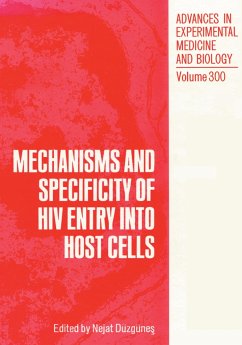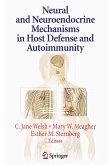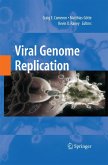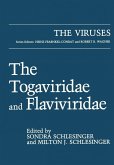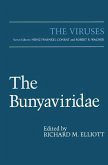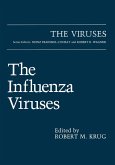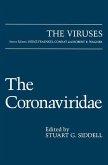The fIrst reports on the tropism of the human immunodefIciency virus (HIV), then called human T-celilymphotrophic virus type ill (HTLY ill) or lymphadenopathy associated virus (LA V), indicated an almost absolute specifIcity of the virus for T4 (helper/inducer) lymphocytes. It became apparent a few years later that macrophages were also infectable by HIV. The common cellular receptor for the virus on these cell types was CD4. A remarkable series of studies by fIve different groups, four of which were published in the same issue of~, showed that recombinant soluble CD4 could inhibit the infectivity of the virus. Subsequent studies began to reveal, however, that cells not expressing CD4 could also be infected, thus raising the possibility that almost any cell in the body could act as a latent reservoir for the virus. Recent observations that the infectivity of patient isolates is not inhibited at the low concentrations of rsCD4 that inhibit laboratory strains, also indicate the importance of CD4-independent mechanisms. The mechanisms of fusion of my with cellular membranes are under investigation by a large number of laboratories. These studies range from the determination of the oligomeric structure of the envelope glycoproteins, to the analysis of the function of various regions of the proteins by site-directed mutagenesis, to the fluorimetric monitoring of membrane fusion. This book originated as the proceedings of a Workshop on the Mechanisms and Specificity of HIV Entry into Host Cells, held at the University of California, San Francisco in June 1989.
Bitte wählen Sie Ihr Anliegen aus.
Rechnungen
Retourenschein anfordern
Bestellstatus
Storno

